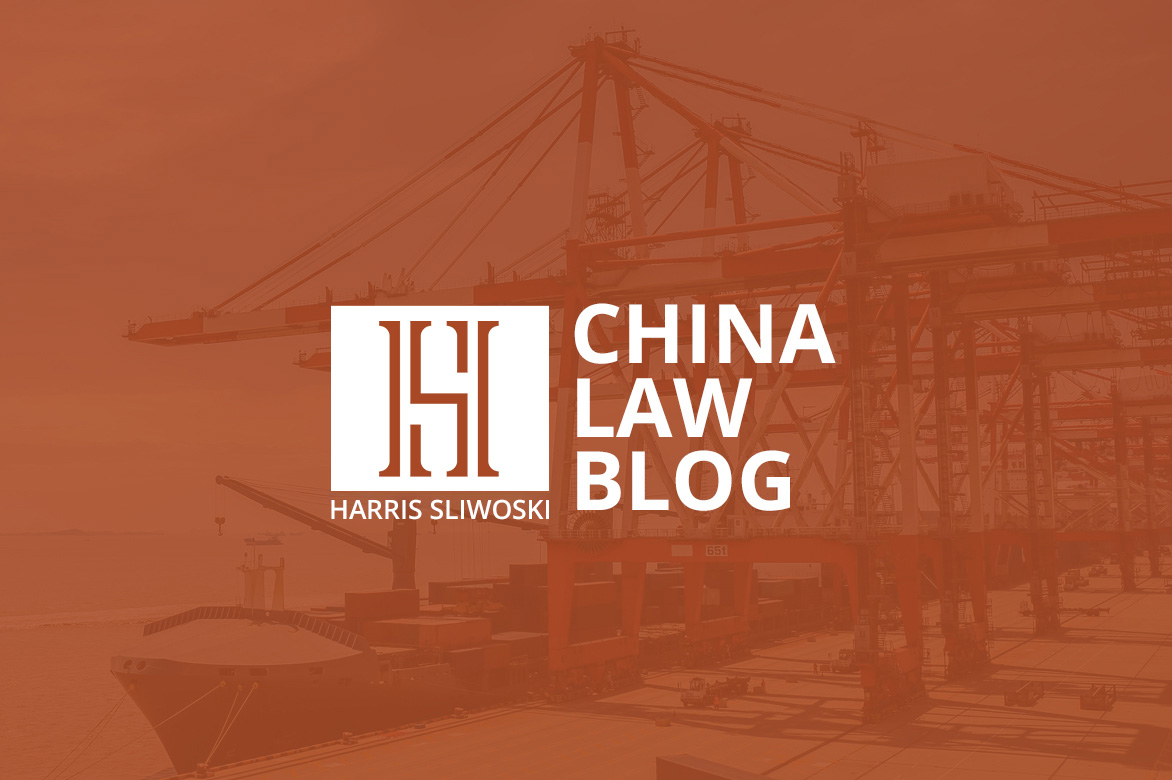China is virtually the sole supplier of rare earths to the world and it is heading towards that same position for polysilicon. The reasons are almost exclusively related to the peculiar way primary industry operates in China. What is occurring is an exchange with few benefits to either side.
There are two areas of dispute between the United States and China regarding rare earths. The first is quotas imposed on exports. China justifies these quotas on resource conservation and environmental grounds. The U.S. disagrees and has threatened to challenge these quotas at the WTO. The second is the belief that China cut off rare earth shipments to Japan in retaliation over the Diaoyu Islands dispute. China denies such a ban occurred, but there is evidence on the other side.
All this has raised alarm bells in the West because rare earths are an essential component in many high-tech products. For example, the rare earth neodymium is required for the batteries used most electric vehicles and in most wind power generators. Because China accounts for nearly 95% of the world’s rare earth exports, the West has placed its technological future in China’s hands. The thought of China wielding a monopoly in rare earths on the lines of OPEC is not a pretty picture for Western businesses and governments.
There is, however, a much deeper story.
China’s peculiar situation with rare earths is not a sign of strength; It is actually a sign a fundamental weakness within the Chinese system. This weakness, however, has a destabilizing effect on the world economy. The effect is being felt now with rare earths. A similar phenomenon will occur soon with polysilicon.
I discuss both below.
Here is the basic story for rare earths. Despite the name, rare earth deposits are well distributed around the world and are not particularly rare. Processing rare earths results in substantial environmental pollution, arising from both the initial mining and from the subsequent primary processing of the ores. Any mining operation that properly deals with these pollution issues results in a high priced product.
China has been able to dominate rare earths production by producing product at remarkably low prices. The China price is about one quarter of the price that previously prevailed in the rare earths market. China achieved these low prices by mostly ignoring the environmental impacts of the mining process, paying its miners low wages and providing them with little or no health or safety protection Third, rare earths mining has traditionally been conducted by numerous small operations.
China takes the pollution, low wages and health risks and keeps that in China. China then exports the resulting product at a low price to foreign high tech companies that reap the benefits. The real value of rare earths lies in the downstream use of rare earth minerals in the high tech production process. This technology remains almost entirely in the hands of foreign companies; very little has been transferred to China. China does the dirty work, takes the environmental and labor consequences and reaps little reward in terms of either profit or technological advancement.
This is hardly a sign of strength. It is a sign of weakness.
The West appears to be the winner in this exchange, but there is a hidden problem. Economists see the “Chinese price” for rare earths as a fraction of the price that would result from an environmentally sound, worker friendly, profitable operation. The “real” price of rare earths is roughly four times higher than the current China price.
An entire set of “green” industries have grown up in reliance on this China price. The danger is that as the China price is phased out, many green industries will prove to be unprofitable. A primary example of this risk is the electric car. Since the China price for rare earths is virtually certain to be phased out fairly quickly, this risk is quite real.
A similar process is occurring in the market for polycrystalline silicon (“polysilicon”). Polysilicon is the fundamental raw material for solar cells and related silicon based electronic products. As the use of solar energy boomed in Europe in the past decade, the price of polysilicon spiked, rising from about $35 per kilo in 2005 to over $450 per kilo in 2008. This increase in price attracted a substantial amount of Chinese investment in polysilicon production.
In 2001, China had only two manufacturers of polysilicon, with a total production capacity of 80 metric tons. By 2008, this number had increased to 19 makers with 30,000 metric tons of capacity. With domestic demand at 17,000 metric tons, this produced substantial overcapacity in the Chinese market. By 2011, capacity is expected to increase to 100,000 metric tons. This amount is about double the entire projected world demand for 2011.
The result will be predictable. The Chinese manufacturers will engage in ruinous price competition and prices will fall dramatically. Worldwide, competitors to the Chinese will be driven out of business. Within China, none of the Chinese manufacturers will make any money. However, the process will continue even though no money is being made because the manufacturers are not private enterprises; they are owned and controlled by Chinese provincial and local governments and none are permitted to go bankrupt. Thus, the normal market correction resulting from falling prices does not occur in China. Instead, overcapacity is maintained, prices are reduced, and pollution, waste and worker conditions are ignored.
This is the “price” of the China price.
The resulting story for polysilicon will therefore be the same as it has been for rare earths. The production of polysilicon is energy intensive and highly polluting. Thus, China will export the clean end product to the West at ruinously low prices. and be left with the pollution and waste and little else to show for its efforts. The risk to the West will be that it will have lost most or all of its capacity to produce a critical source material. We will then be hearing the same concerns that China has a lock on the product and is using that monopoly for political purposes.
When this occurs, please spare us the expressions of surprise.

























